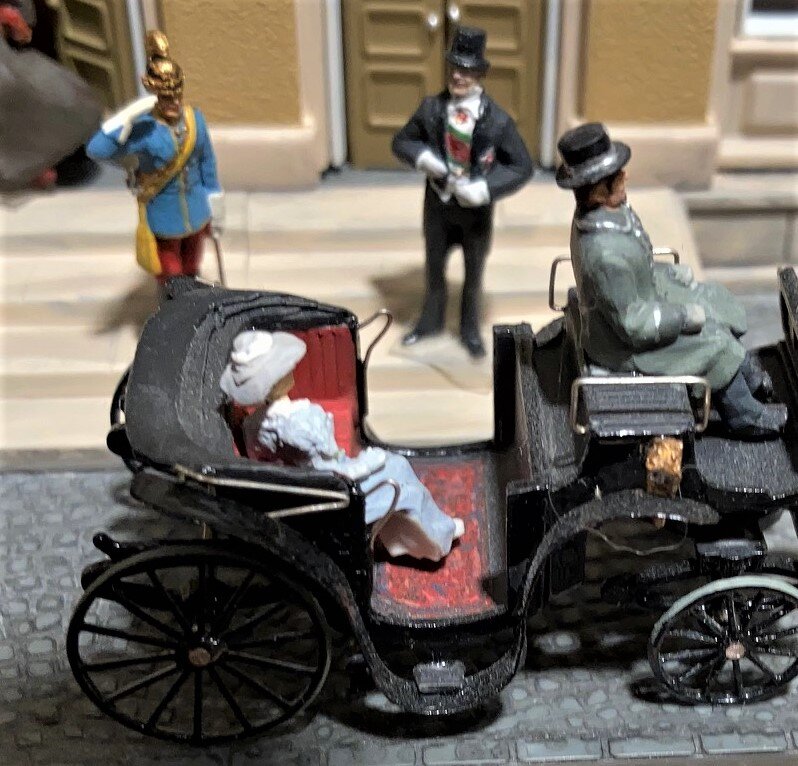
“By Their Own Follies They Perished, The Fools”
No surprise
Scholars have established that it’s been about 2,700 years since Homer wrote those words, perhaps the eight most memorable words from his “Odyssey”. Here are a few latter-day fools though they are no more or less foolish than their millions of European neighbors. History is about to prove that, on the 28th of June in 1914, there are plenty of fools to go around. The ones in the European governments and throne rooms will soon be cursed among the greatest fools of all time. Nor would Homer be surprised by what they’re about to do.
These aren’t particular fools, the ones standing in the sunlight before a provincial railway station somewhere in the Austro-Hungarian Empire. There’s nothing remarkable about them. Millions wear similar uniforms, living by similar military codes. They don’t hate the peoples of other nations. At least not most of them, at least not yet. They’re not even “people” at all. They’re 1/87th representations of members of the human race, many of whom will have perished in the next four-and-a-half years, thanks to the follies of their leaders. After that the communists will come to Hungary and murder the father of one of my greatest friends. Then it’ll be the Nazis’ turn and millions more will die. And after that the communists will show up again. We appear to have learned – or evolved – little since Homer looked askance at humanity’s foolishness.
Military figures in intricate uniforms challenge the HO scale modeler, as do nobility wearing sashes and stars of chivalric orders. All of the figures in the large picture, except the lady in the carriage, have been extensively sculpted to represent soldiers of the Austro-Hungarian army. The swords and sabres are made of silver, the slings of copper. The metal fittings of the dragoon officer’s helmet - gold washed in actual size - are overlaid with gold leaf in the model. The finest details are painted with 5/0 Kolinsky sable brushes. The Hungarian count, bidding his wife farewell, is wearing the sash and star of the Order of St. Stephen of Hungary. He is being saluted by the dragoon major because he is of the nobility and wearing courtly distinctions. Such salutes were common marks of respect within all the European empires and kingdoms, whether the one saluted was royal or noble. Today we see Queen Elizabeth II being saluted although she no longer wears a uniform at military reviews.





